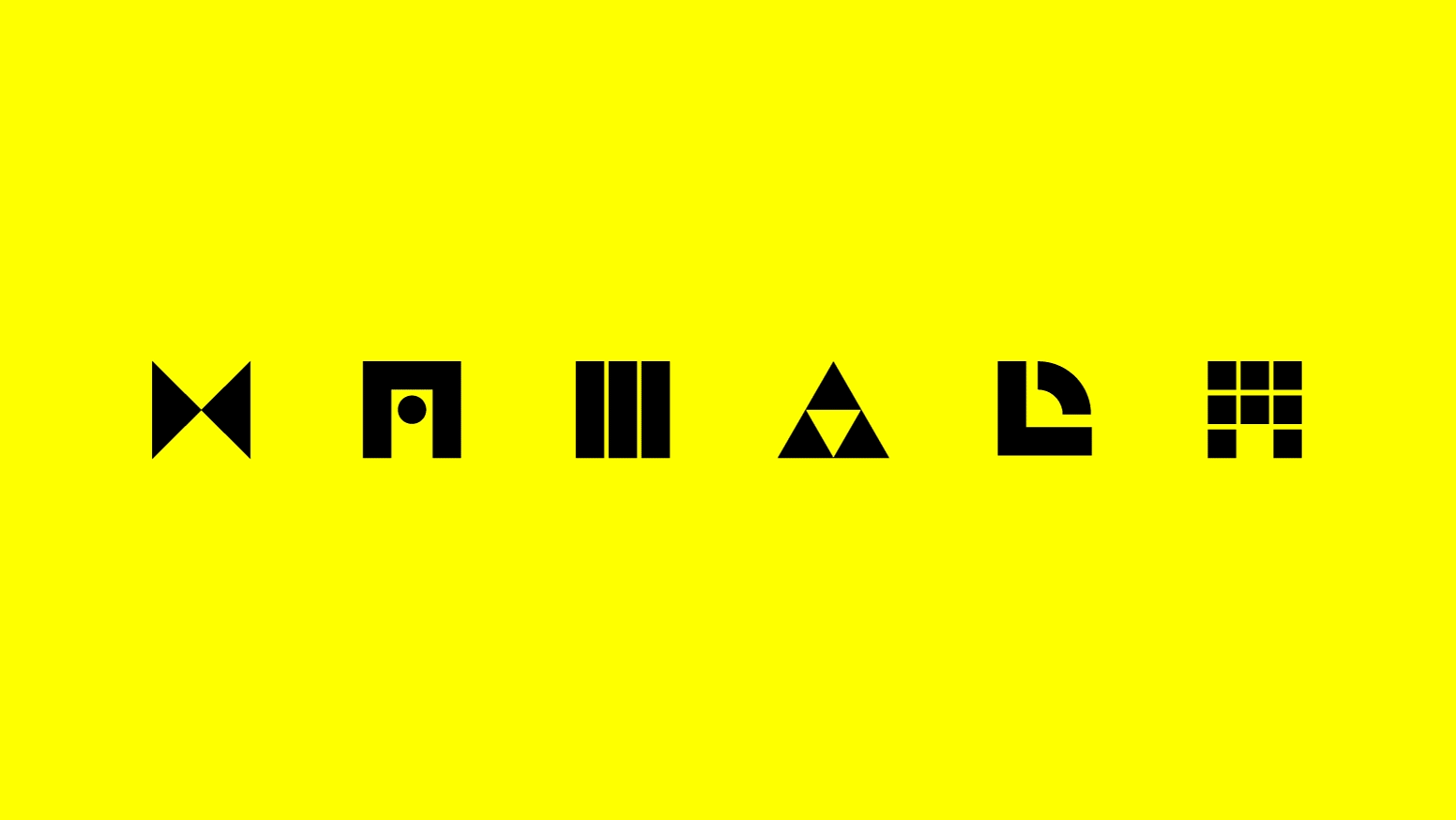Key Takeaways
- Privacy-First Approach: Namada focuses on privacy-enabled interchain connectivity, offering shielded transactions for both fungible and non-fungible assets.
- Intent-Centric Architecture: Built on the Anoma platform, Namada uses an intent-based model, enhancing scalability and flexibility.
- Use Cases: Namada enables private DeFi transactions and can be customized for regulatory compliance in industries like finance and supply chain.
- Tokenomics: NAM tokens support network security, governance, and incentivize shielded pools through a mint-and-burn model.
Introducing Anoma and Namada
In blockchain today, building a truly adaptable privacy-focused protocol presents numerous challenges. Currently, the overall utility and usability of blockchain-based privacy systems leaves much to be desired, especially in terms of expanding real-world use cases that employ privacy-centric architecture.
One such ecosystem focused on solving these challenges is the parent entity behind Namada — the Zug, Switzerland-based Anoma Foundation. The development of Anoma and Namada and several self-sovereign privacy and public good technologies is spearheaded by Heliax, a software development enterprise focused on developing decentralized systems.
But what is Anoma and what makes it special? Though highly complex to explain in layman's terms, Anoma is one of the first blockchain iterations to employ intent-centric fractal architecture that challenges the status quo of how decentralized systems are built.
Essentially, the Anoma protocol leverages an entirely new way of creating programmable infrastructure using intents (a technology similar to sharding) that exponentially expands and simplifies the capabilities of blockchains in a fully customizable, hyper-scalable, and privacy-focused manner.
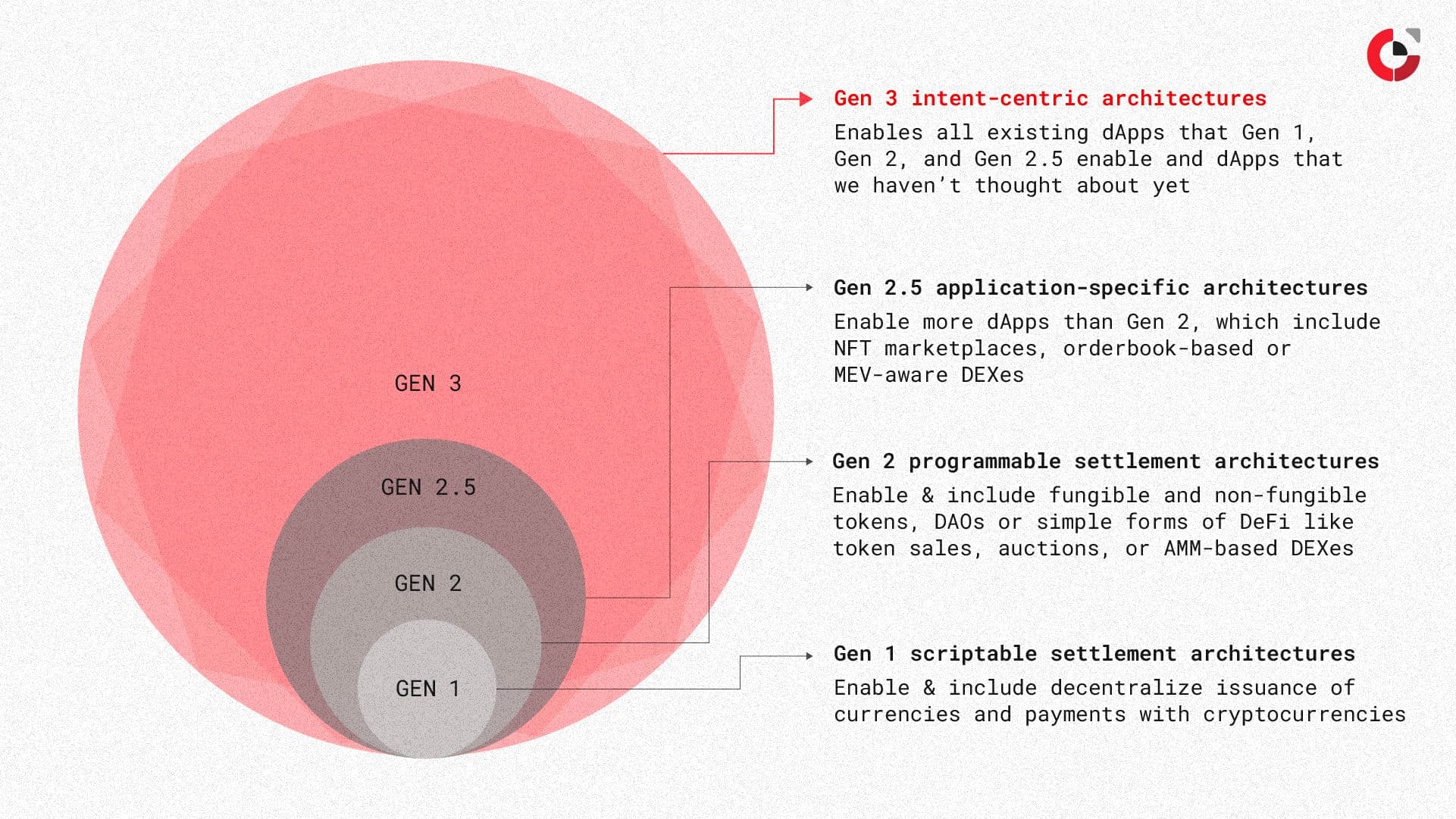
Anoma’s intent-based design helps facilitate a new paradigm for building blockchain infrastructure layers (e.g., the consensus layer, application layer, data layer etc.). In traditional blockchains, generally the application (think decentralized exchanges (DEXs), mobile wallets etc.) gives the user a set of options during interaction.
However, with Anoma's intent-centric architecture and the introduction of ‘declarative dApps,’ the protocol is designed to understand the underlying intention of a command prior to it taking place. This model is considered leaps and bounds ahead of traditional blockchain architecture and drastically improves application development and user experience (UX) for all involved.
Anoma and Namada are both built using a modular structure (a way of building distributed systems conceptualized by Cosmos-ecosystem project Celestia and others). In traditional blockchains, architectural layers are typically found in one main layer within the tech stack. In contrast, modular designs separate the stack into more layers via a data-availability-focused design reminiscent of interchangeable Lego blocks.
Modularity allows developers to create nearly any type of architecture (think Ethereum Layer 2’s, Layer 1’s, Cosmos SDK chains, Optimism chains, Polygon CDK chains etc.) in an efficient manner to enhance developer flexibility, security, and scalability exponentially.
We won’t further expand on the intricacies of Anoma because of its complexity. Nonetheless, Anoma is an extremely advanced platform for creating blockchain systems using intent-centric architecture. The Namada protocol is the first intent (i.e., a shard-like blockchain structure) of many that will be built on the Anoma platform.
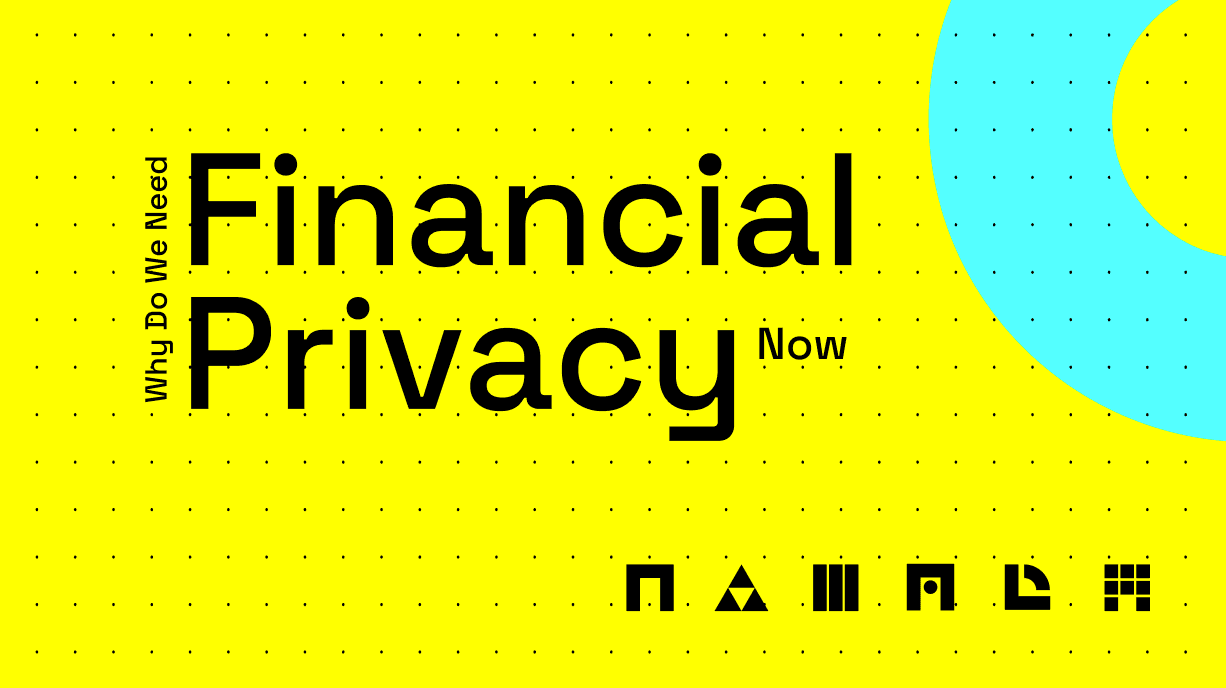
What Problem Does Namada Solve?
In our ever-changing world, technology and the internet continue to advance at an alarming rate. With this advancement, a vast array of issues exists that must be addressed. One of the main challenges the internet has continued to face since inception is lack of privacy. Everything we do on online — whether on a mobile phone, laptop, or another device — is tracked, mined, and potentially exploited in some way. Remember, if data is unprotected online, the possibility exists that it will be compromised eventually.
Blockchain infrastructure is no different. Most open public blockchain protocols we develop have significant privacy and security vulnerabilities. In order to seamlessly transfer assets and data within a distributed system, it is absolutely essential that privacy is upheld.
The main ethos for Bitcoin and the first decentralized blockchain systems focused exclusively on privacy and security. Bitcoin as a network was slow and had its fair share of challenges but it offered all of us a way to become part of a more equitable monetary system.
Open blockchain systems represent an egalitarian form of compute that allows participants to break away from the current financial system, where online security and privacy are undeniable human rights that are no longer susceptible to exploitation. Many believe that traditional finance is focused on exploitative corporate greed that allows the rich to get richer, while leaving the middle class behind.
The Namada protocol represents a new generation of blockchain systems that brings back the decentralized vision of permissionless, borderless, censorship resistant value creation that was conceptualized in Bitcoin’s whitepaper all those years ago.
Namada and its complimentary protocol Anoma are focused on the design of user-centric platforms that offer all of us access to public goods (whether software, data, or an online service) and privacy-as-a-service.
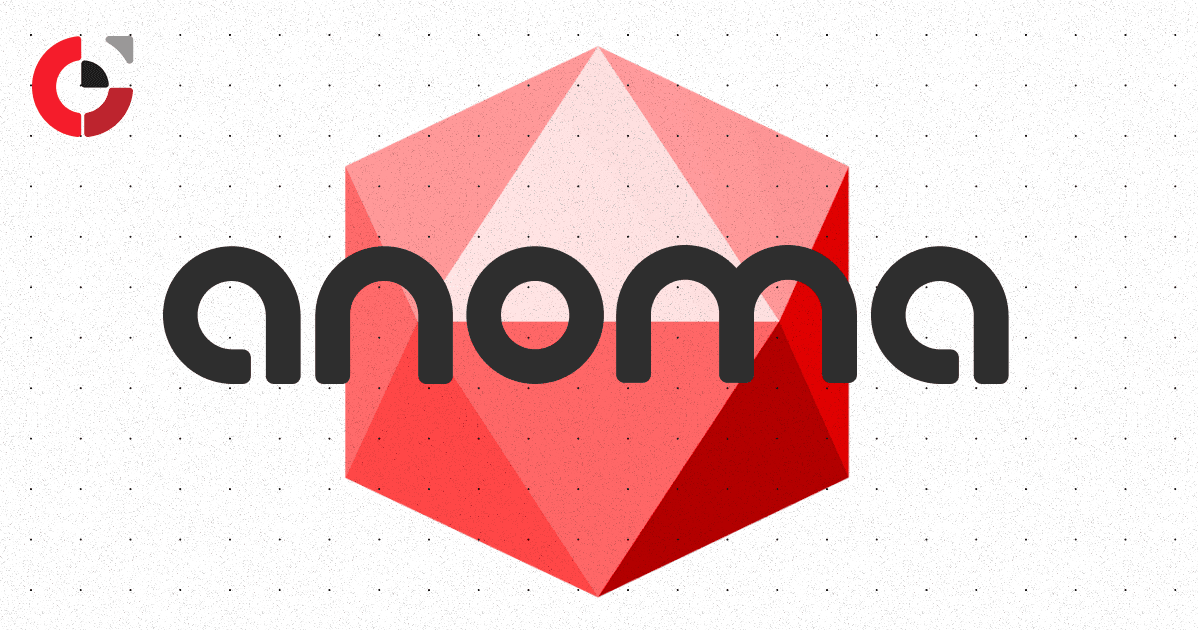
Namada History and Background
As noted above, the development of Namada is provisioned through the Swiss-based Anoma Foundation. The Anoma Foundation was founded in December of 2020 and completed its first funding round to build the Anoma platform in April of 2021 ($6.75 million), with subsequent rounds completed in November of 2021 ($26 million) and May of 2023 ($25 million), raising a total of $57.75 million to date.
The Anoma project was founded by Adrian Brink, Awa Sun Yin, and Christopher Goes, three distinguished experts in data science, cryptography, and software development that have been instrumental in the development of the Cosmos and Tezos blockchain ecosystems in recent years.
Prior to his career in blockchain, Adrian Brink obtained a Masters of Computer Science at the IT University of Copenhagen (ITU). In 2017, he became a core software engineer and eventually the Head of Partnerships & Community for Tendermint and was a pivotal contributor to the development of the Cosmos blockchain and its related technologies.
In 2018, Brink also spent a short time with the Web3 Foundation (one of the founding entities behind Polkadot) and in 2018 and 2019 he helped found Cryptium Labs (which was later sold to institutional staking provider Chorus One) and Metastate (which became Heliax, the current entity responsible for the development of Anoma and Namada).
In 2017 Awa Sun Yin obtained a Master’s degree in IT Management at Copenhagen Business School (CBS) after completing her Bachelor’s in a similar field at the prestigious Esade Business School in Barcelona, Spain. She then began her career in 2017 as the first female data scientist with blockchain analytics firm Chainalysis.
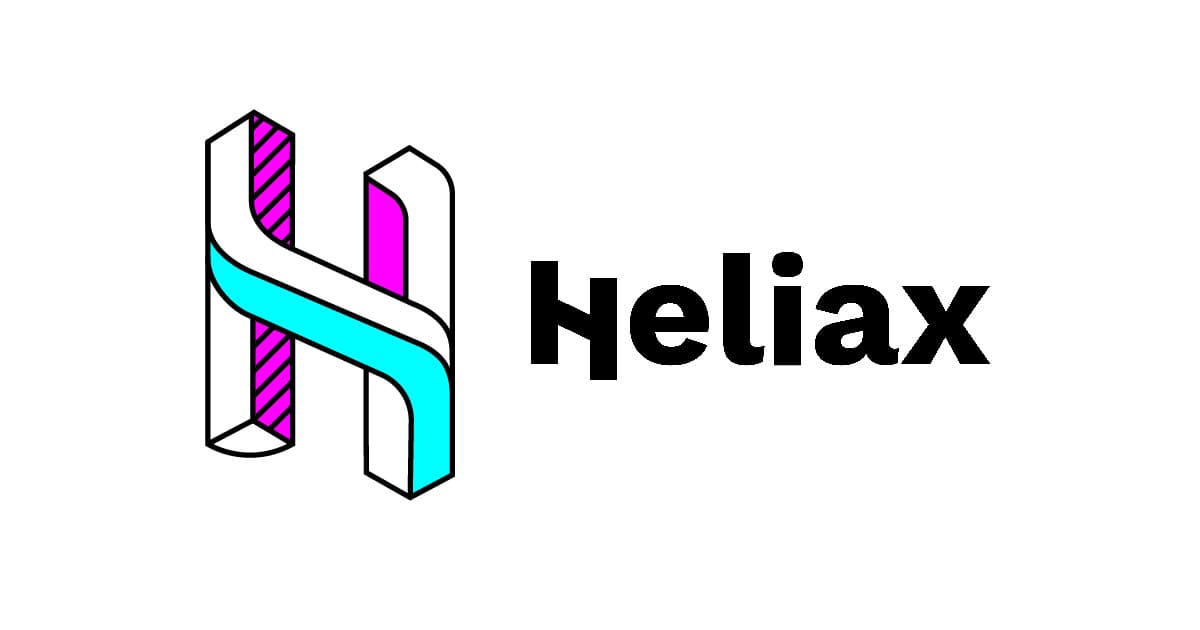
In 2018 Awa was hired by Tendermint as a research scientist and became a regular contributor to the development of Cosmos. Similarly to Brink, Awa helped found Cryptium Labs and Metastate and continued to build the vision for Anoma and Namada through their parent entity, Heliax. Currently, Yin is the president of the Anoma Foundation and the director of Heliax.
Christopher Goes was raised in Oregon and his interest in Bitcoin and blockchain began in 2011. Prior to co-founding Anoma and Namada, Goes created Zchain (a popular Zcash block explorer) and the Wyvern DEX protocol used to power leading NFT marketplaces such as OpenSea.
Soon afterwards, Goes became the head engineer responsible for leading the development of the Inter-Blockchain Communication (IBC) protocol. Recall that IBC is the infrastructure that facilitates the interoperability of the greater Cosmos Network and its interconnected blockchains.
The Heliax team consists of about 40 team members and is all-in on the development of the Anoma and Namada blockchains to complement the expanding vision of Cosmos.
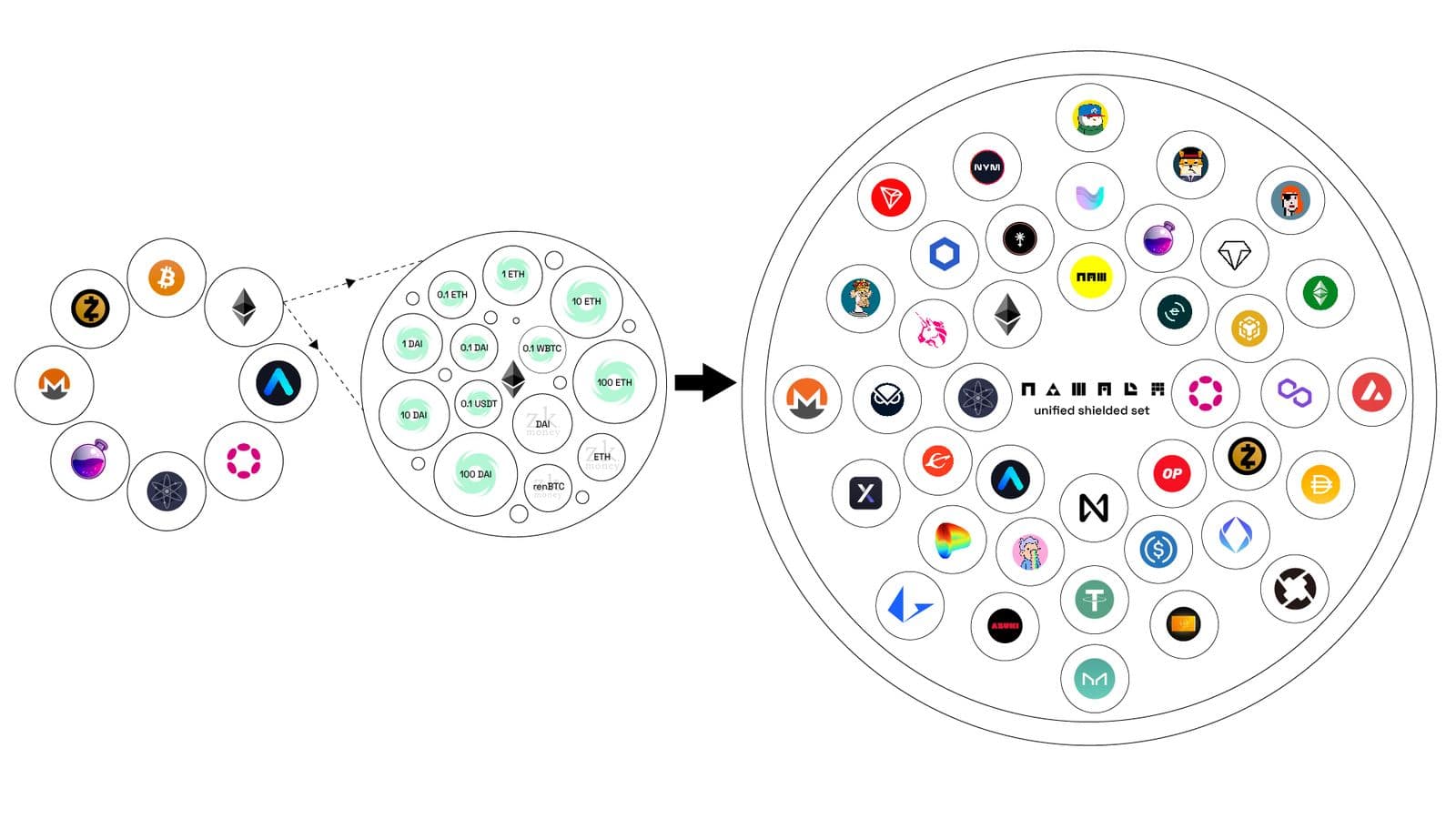
Namada Use Cases
Namada is on a mission to create far-reaching financial privacy and transparency for DeFi users via the likes of decentralized exchanges (DEXs), borrowing and lending platforms, derivatives solutions, and more. This functionality is just now coming to fruition on Cosmos DEXs like Osmosis but will be implemented on Ethereum and other blockchains moving forward.
Namada’s privacy construct can also be used to programmatically modify different privacy-focused rule sets where various laws and regulatory frameworks are in place.
This could mean that Namada could potentially help enterprises, governments, and institutions create privacy-focused compliance frameworks and networks for stablecoins, supply chain management, debt financing, fund management, intellectual poverty, trade finance, real world asset (RWA) issuance, digital identity, and more.
In addition, the potential augmentation of privacy-as-a-service for the customization of blockchains and dApps for a host of yet to be realized applications for various financial products and services seems likely.
As of January 2024, Namada utilizes its main privacy framework, the Unified Shielded Set (USS), to help develop infrastructure for several real-world uses, including:
- Provisioning private on-chain asset transfers (for both fungible and non-fungible assets)
- As a means to access various privacy-focused DeFi applications (via Shielded Actions (SA))
- Providing the ability for users to earn tokenized rewards by contributing to the shielded set
- As a customizable framework for asset management that adheres to specific geographical regulatory guidelines
- Accessibility to different privacy and customization frameworks for various Cosmos chains
- As a bridge to bring liquidity into the Cosmos ecosystem via Ethereum and other networks
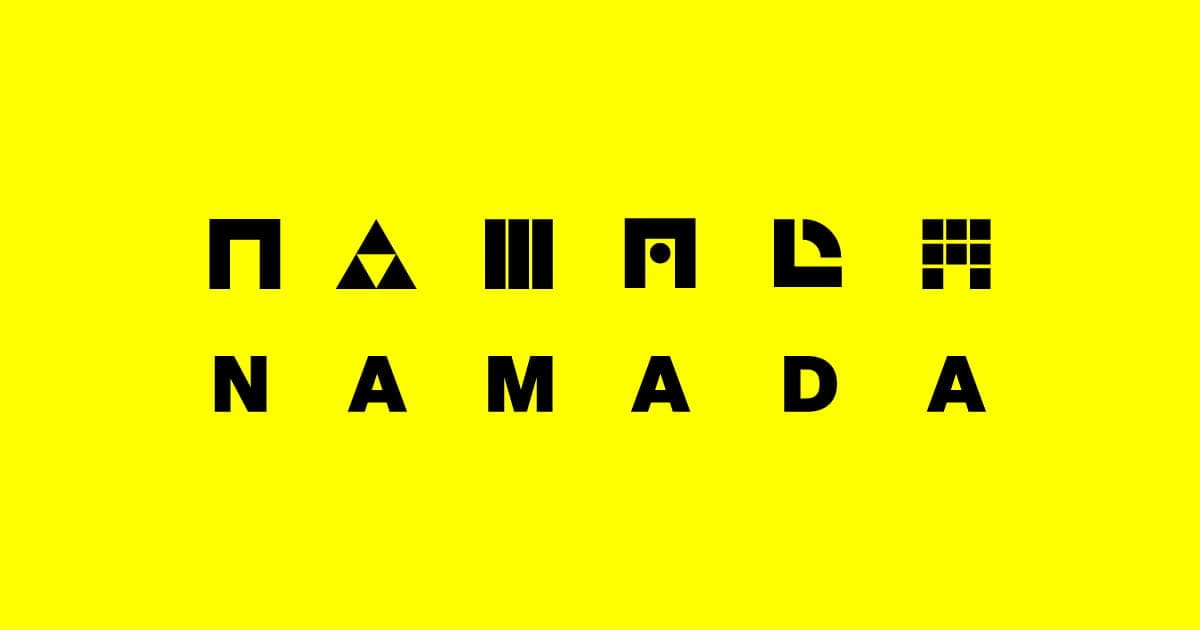
Tokenomics Overview and Analysis
The Namada protocol makes use of its NAM governance and utility token to provision the equitability of the greater Namada ecosystem.
Namada leverages a mint (supply) and burn (demand) mechanism to ensure its economic viability long-term. On the demand side, users pay transaction fees in NAM so economic demand is consistent with demand for block space.
Conversely, on the supply side, the protocol mints NAM at a fixed maximum per-annum rate based on a fraction of the current supply, which is then allocated into three main areas (PoS staking, shielded pool incentives, and public goods funding) to subsidize the economic viability of the protocol. The inflation rates for these areas are adjusted separately and access tokens are gradually burned.
Overall, the NAM token fulfills the following uses within the greater Namada ecosystem:
- Payment for computation and network operations
- On-chain governance and community voting
- Protocol security (via its Proof-of-Stake staking mechanism)
- As a means to adjust token inflation over time
- Token reward incentivization (via shielded pools)
- Public goods funding
The Anoma Foundation recently announced a public goods funding mechanism called the Retroactive Public Goods Funding (RPGF) airdrop program to support the greater Namada community and its early adopters. This airdrop was distributed to contributing members of the interchain, Zcash, Rust, ZKP, and public goods funding ecosystems. The airdrop consisted of 65 million NAM tokens, or 6.5% of the total token supply.
Resources
The information provided by DAIC, including but not limited to research, analysis, data, or other content, is offered solely for informational purposes and does not constitute investment advice, financial advice, trading advice, or any other type of advice. DAIC does not recommend the purchase, sale, or holding of any cryptocurrency or other investment.

